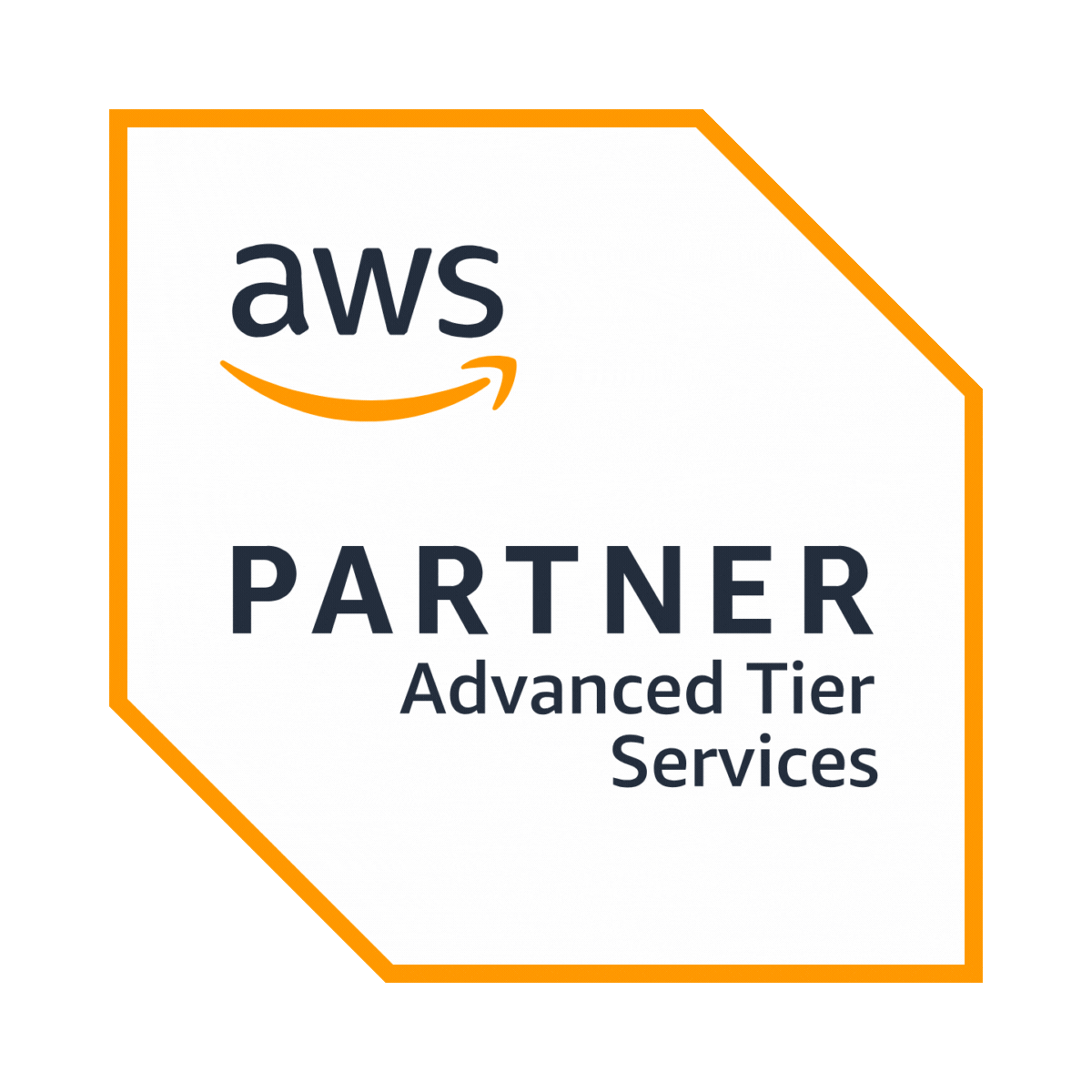Legacy IT systems were once the foundation of enterprise operations, but with rapid technological advancements, they have become a major bottleneck to business agility, innovation, and scalability. Companies across industries are shifting towards cloud computing to modernize infrastructure, improve operational efficiency, and gain a competitive edge.
According to Gartner, by 2025, over 85% of enterprises will adopt a cloud-first principle, moving away from traditional data centers. The global cloud migration market is also expected to reach $448.34 billion by 2028, growing at a CAGR of 28.89%.

Why legacy to cloud migration is critical for modern businesses
Many enterprises still rely on outdated, monolithic architectures built on-premise. These legacy systems often suffer from:
- High maintenance costs: On-premise servers require frequent upgrades, licensing fees, and IT personnel.
- Limited scalability: Legacy applications struggle with sudden traffic spikes and growing business needs.
- Security vulnerabilities: Legacy systems lack modern security frameworks, making them prone to cyber threats.
- Lack of integration capabilities: Outdated infrastructure makes it difficult to integrate with new AI, IoT, and data-driven technologies.
- Compliance risks: Regulations like GDPR, HIPAA, and SOC 2 demand stringent data security measures that many legacy systems fail to meet.
Business benefits of cloud migration
- Lower IT costs: Cloud computing reduces CapEx by 50% and OpEx by 30%.
- Increased agility: Cloud enables faster go-to-market strategies and supports DevOps, CI/CD, and containerization.
- Enhanced security: AWS, Azure, and Google Cloud offer robust encryption, IAM, and automated compliance checks.
- Scalability & performance: Resources can be auto-scaled based on traffic needs, ensuring seamless operations.
- Innovation with AI & automation: Cloud-native solutions enable AI-powered analytics, automation, and predictive insights.
Key migration strategies: Choosing the right approach
Cloud migration is not a one-size-fits-all approach. Enterprises must assess their existing workloads, business goals, and security requirements to determine the most effective migration strategy.
1. Rehost (Lift-and-Shift)
Best for: Fast migrations with minimal changes
How it works: Moves applications to the cloud without modifying the code.
Example: GE Oil & Gas successfully rehosted 500+ legacy applications to AWS, reducing IT costs by 52%.
2. Replatform (Lift-Tinker-Shift)
Best for: Optimizing applications for cloud performance
How it works: Small modifications (e.g., using managed databases) for better performance and cost-efficiency.
Example: Spotify migrated its backend to Google Cloud, using GKE (Kubernetes Engine) to improve scalability.
3. Refactor (Re-architect)
Best for: Businesses moving towards cloud-native applications
How it works: Apps are redesigned using serverless, containers, and microservices.
Example: Netflix refactored its entire monolithic app into microservices, improving scalability 10x.
4. Repurchase (Replace)
Best for: Moving from legacy on-prem software to SaaS
How it works: Replacing on-prem ERP, CRM, or HRMS with SaaS solutions like SAP, Salesforce, or Workday.
Example: Coca-Cola adopted Google Cloud’s BigQuery to replace on-prem data warehouses.
5. Retire or Retain
- Retire: Shut down unused applications.
- Retain: Keep some on-prem for compliance or business constraints.
Choosing the right migration approach is crucial for minimizing risk, downtime, and costs. Enterprises often use a combination of strategies to ensure a smooth transition.

Key challenges in legacy to cloud migration (and solutions)

Emerging trends in cloud migration
- Hybrid cloud dominance: 72% of enterprises use a hybrid cloud model to balance security & scalability.
- AI-powered automation: AWS Glue, Azure Migrate, and Google Cloud’s Transfer Service automate migration with minimal manual intervention.
- Serverless computing adoption: More enterprises are adopting AWS Lambda & Azure Functions to eliminate infrastructure management.
- Edge computing integration: Companies are integrating cloud + edge to improve real-time data processing.
Successful cloud migration stories
Capital One: From legacy banking to cloud-native
- Migrated 100% of workloads to AWS
- Improved cybersecurity by 40% with automated cloud compliance
- Enabled real-time fraud detection with AI and ML
Siemens: Industry 4.0 with cloud adoption
- Migrated 200+ applications to Azure Cloud
- Leveraged IoT & AI for predictive maintenance in manufacturing
- Reduced downtime by 60% and improved data insights
Best practices for successful cloud migration
- Conduct a comprehensive application assessment
- Develop a phased migration plan to minimize downtime
- Ensure security compliance and governance standards
- Train internal teams on cloud-native best practices
- Monitor performance with cloud analytics tools
The future of cloud migration
The future of IT lies in cloud-native transformation, with businesses adopting AI-driven self-healing infrastructures, container orchestration (Kubernetes), and cloud automation.
- By modernizing legacy systems, enterprises unlock:
- 40-50% cost savings
- Better security & regulatory compliance
- AI & machine learning-driven efficiency
If your organization is struggling with legacy systems, now is the right time to migrate to the cloud.Ready to modernize your IT infrastructure? Explore our Cloud Services for expert-driven migration strategies.














